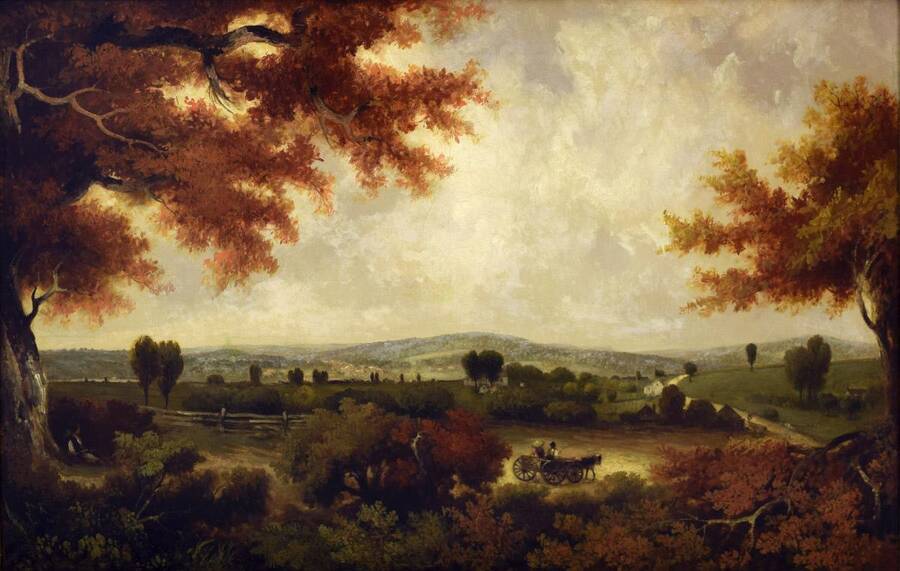Fides Divina [Latin] – Divine Faith
The life of man is of no greater duration than the breath of his nostrils. - Plato
The Heart of Religious Spirituality
Religious spirituality is the pursuit of transcendence within the frameworks of organized faiths, where sacred texts, rituals, and communities guide the soul toward the divine. Across cultures, it manifests in practices that connect believers to a higher power, whether through prayer, worship, or moral discipline. Rooted in the belief that life is animated by a divine essence—often described as a breath or spirit, like the Hebrew ruach or Greek pneuma that enlivens creation—religious spirituality offers a structured path to meaning. From the cathedral’s hymns to the mosque’s call to prayer, it weaves devotion into daily life, balancing personal connection with communal identity. This exploration delves into religious spirituality’s core, its expressions across major faiths, and its role in shaping human purpose.
Foundations of Religious Spirituality
At its core, religious spirituality is defined by belief in a transcendent reality—God, gods, or a cosmic order—that shapes existence. In Christianity, the Holy Spirit inspires believers, guiding them through scripture and prayer (e.g., John 14:26). In Islam, the concept of ruh (soul) reflects divine breath, with practices like salat (prayer) fostering closeness to Allah. Hinduism’s atman (inner self) seeks union with Brahman (universal spirit) through rituals like puja or meditation. These traditions share a common thread: the divine is both immanent and transcendent, accessible through disciplined practice. This structure provides clarity but can feel restrictive to those seeking unmediated experiences.
Rituals and Practices
Rituals are the heartbeat of religious spirituality, transforming abstract beliefs into tangible acts. In Judaism, the Sabbath offers a weekly rhythm of rest and reflection, while Buddhist meditation cultivates mindfulness to transcend suffering. These practices—whether chanting mantras in Hinduism or fasting during Ramadan—anchor the individual in a sacred narrative. They also foster community, as shared rituals like the Christian Eucharist or Sikh langar (communal meals) unite believers. Yet rituals can become rote, risking a disconnect between form and feeling, a tension seekers must navigate.
Key Elements of Religious Spirituality
- Sacred Texts: Scriptures like the Bible, Quran, or Vedas provide divine guidance.
- Rituals: Practices like prayer, meditation, or sacrifice connect believers to the divine.
- Community: Shared worship strengthens collective identity and purpose.
- Moral Frameworks: Ethical codes shape behavior and spiritual growth.
Diversity Across Traditions
Religious spirituality spans a vast array of faiths, each with unique expressions. In Christianity, devotion might center on Christ’s teachings, with practices like confession fostering repentance. Islam emphasizes submission to Allah, with the Five Pillars guiding daily life. Hinduism’s diverse paths—bhakti (devotion), jnana (knowledge), or karma (action)—offer multiple routes to transcendence. Buddhism, often non-theistic, focuses on spiritual awakening through the Eightfold Path. Indigenous faiths, like those of African or Native American traditions, blend spirituality with ancestral reverence, often through oral traditions. This diversity reflects humanity’s multifaceted search for the divine, yet all share a quest for connection beyond the material.
Strengths and Challenges
Religious spirituality’s strength lies in its structure, offering clear paths to meaning through time-tested traditions. It provides moral clarity, community support, and a sense of continuity across generations. However, its reliance on doctrine can stifle individual exploration, leading some to seek freer spiritual paths. Dogmatism or institutional rigidity may alienate modern seekers, while cultural differences can spark conflict between traditions. Balancing devotion with openness remains a key challenge, as religious spirituality must adapt to contemporary values without losing its sacred core.
The Personal and the Universal
At its best, religious spirituality bridges the personal and universal. A Christian’s quiet prayer, a Muslim’s prostration, or a Hindu’s offering at a temple reflects an intimate dialogue with the divine, yet these acts resonate within a global tapestry of faith. The concept of a divine spirit—whether as God’s breath or a cosmic force—unites these practices, suggesting a shared human longing. For the seeker, religious spirituality offers a map, but the journey requires personal commitment to uncover its depths, whether through worship, study, or service.
Major Faiths and Their Spiritual Practices
- Christianity: Prayer, sacraments, and scriptural study for divine connection.
- Islam: Daily prayers (salat), fasting, and pilgrimage to align with Allah’s will.
- Hinduism: Meditation, puja, and yoga to unite atman with Brahman.
- Buddhism: Mindfulness and ethical living to achieve spiritual awakening.
Setting the Stage for Broader Exploration
Religious spirituality, with its rich traditions and structured paths, is one thread in the broader tapestry of human spirituality. While it offers profound insights, other forms—secular, mystical, or nature-based—provide alternative lenses. The seeker exploring these traditions might find wisdom in their rituals but also question their boundaries, prompting further inquiry into spirituality’s many expressions. This journey continues in the series, examining how humanity seeks transcendence beyond the confines of organized faith.









